By Henry Hing Lee Chan
New Economics of Solar Power: Good News for Environment and Poverty
The news coming out of Dubai on May 1 that a consortium led by Masdar Abu Dhabi Future Energy Co., Spain’s Fotowatio Renewable Ventures BV and Saudi Arabia’s Abdul Latif Jameel had won the bidding for the 800 MW third phase Mohammed bin Rashid Al Maktoum Solar Energy Park at a price of USD 2.99 cents per kilowatt hour confirms the trend that commercially viable solar power has come earlier than expected.
The third phase of the 1000 MW solar project is going to supply power to Dubai Electricity & Water Authority (DEWA) at USD 2.99 cents per kwh for a 25-year power purchase agreement (PPA). This follows the second phase 200 MW PPA awarded in January 2015 at USD 5.89 cents per kwh. The second phase pricing has already set the world record for the lowest power price at that time and subsequent bidding around the world saw the price dropping until it hit below USD 3 cents per kwh in the latest bidding. While many observers pointed to the ability of the winning bidder to access the Abu Dhabi government’s coffers and borrow at rates that commercial banks could not match, the next two bids confirmed that commercially viable solar power can indeed be produced and sold at the sub USD 4 cents level. The two losing bidders were: China’s Jinko’s bid at 3.69 cents and First Solar/ACWA Power’s bid at USD 3.96 cents.
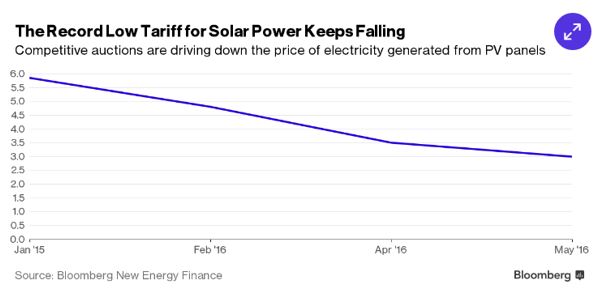
The sub 4 cent per kwh hour cost of solar power is a very significant figure. DEWA awarded the 1200 MW Hassyan clean coal power plant to a consortium led by China’s Harbin Electric International and Saudi’s ACWA in October 2015 under a PPA of USD 4.501 cents/kWh. The plant is designed to be “best in class” in terms of efficiency, output, and adherence to global environmental best practices. Apparently the available best technology in solar power today beats the best available technology in coal in terms of cost.
Of course, solar power’s biggest drawback is still its inability to deliver power at a 24/7 basis without costly storage additions to the basic plant design. However, its lower operating cost can serve as a good instantaneous power source and minimize its fossil fuel baseload. Earlier schemes using feed-in-tariff subsidies as incentives to entice investments in solar energy are no longer needed with improvements in solar energy economics. This alleviates the financial pressure on the host government and the consumers. It is highly probable that in regions with good solar resources, coal generation in combo with solar will be the preferred norm of power generation in the near future.
It is a well-known fact that traditional concentrated power generation facilities like coal, nuclear, and natural gas use a lot of water for cooling. A rule of thumb is that a coal power plant will use around 4 tons of fresh water for cooling, a nuclear plant will use 3 tons, and a natural gas plant will use 1 ton of water, while solar does not use water as its natural cooling occurs at night. Even though the water used for cooling in power plants are recycled, solar power still provides a much better environment impact on water resources. And of course, solar power is carbon free.
A look at the availability of solar irradiance shows that many developing countries are in the richest solar region of the planet. This latest development in solar power cost improvement is significant in the war against environment degradation as well as the global war on poverty.
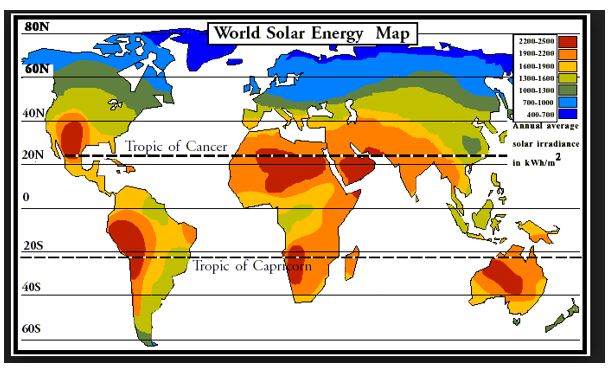





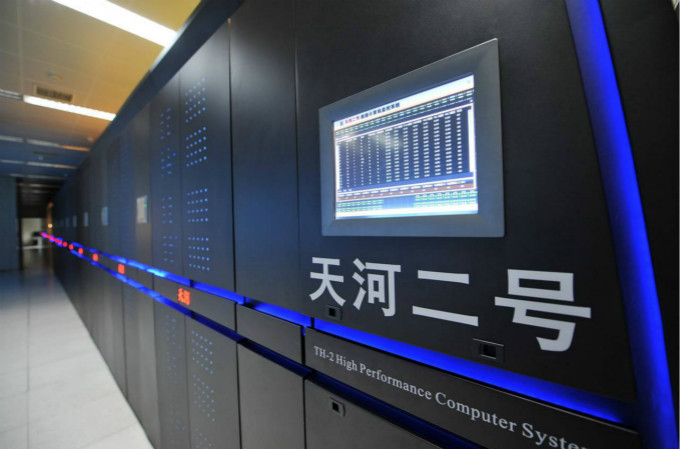

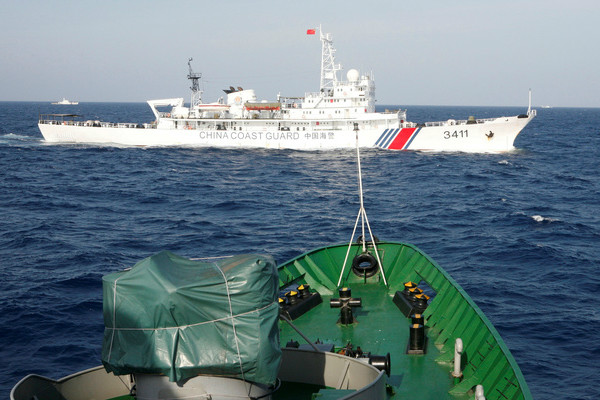
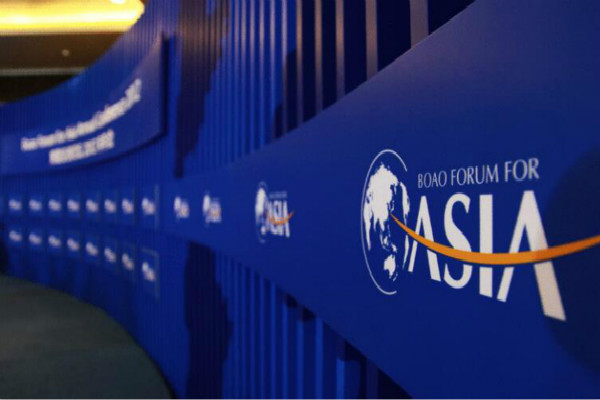


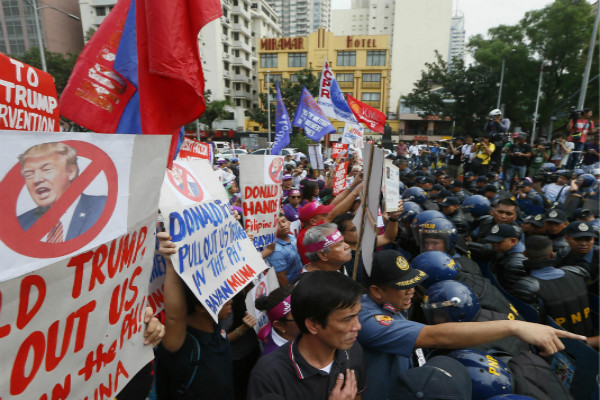




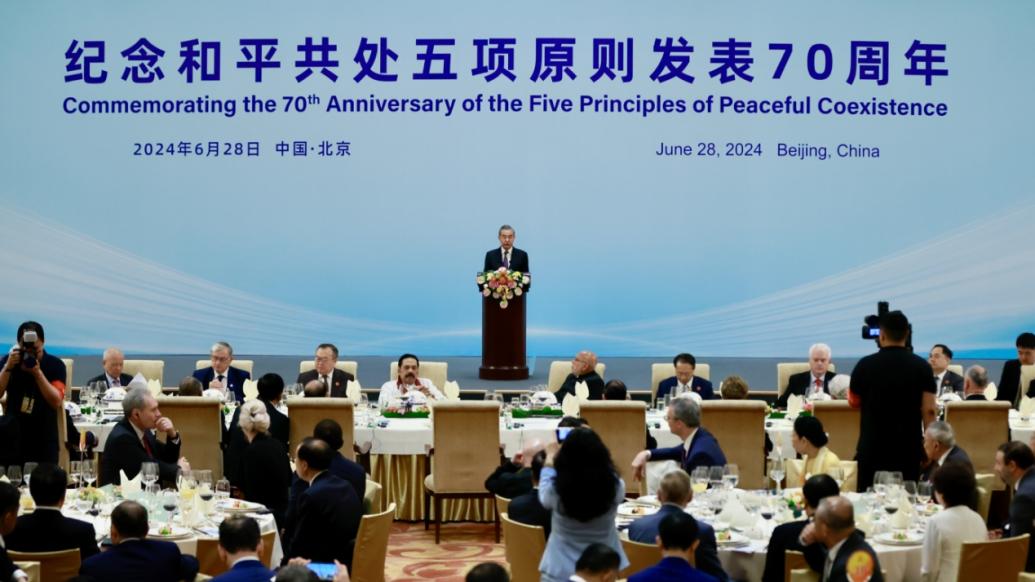

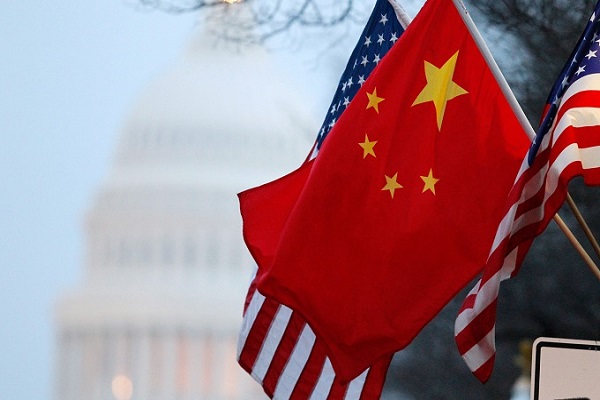


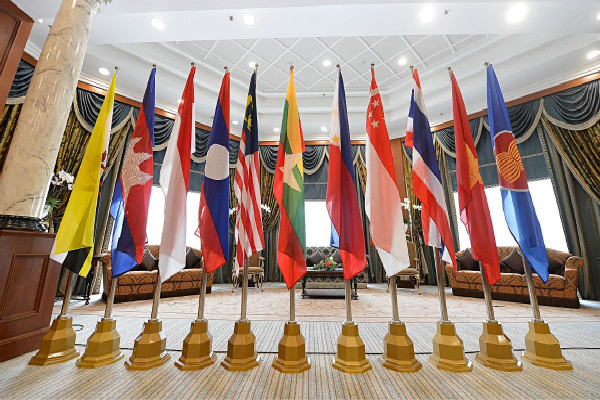
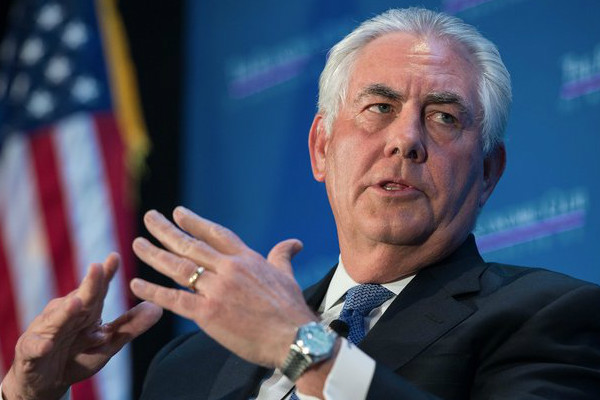

Leave a Reply
Your email address will not be published. Required fields are marked *